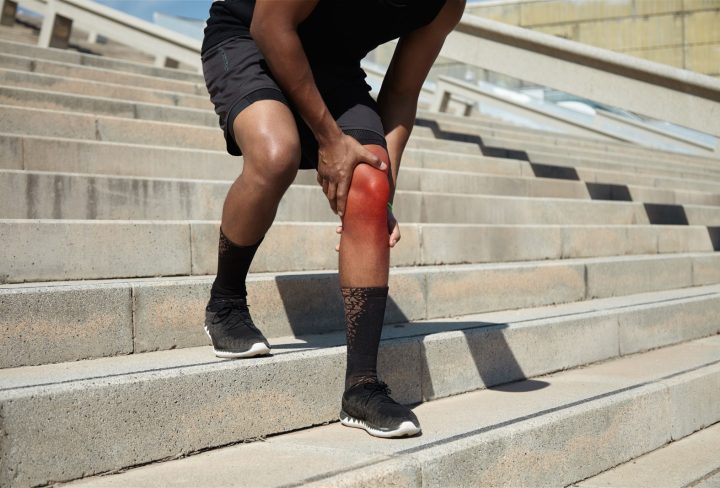Recovering from a knee ligament injury involves a comprehensive rehabilitation journey that focuses on rebuilding strength, mobility, and function. Whether you’re aiming to return to your favorite sports or simply regain everyday activities, understanding the recovery process and the role of physical therapy is key. Here’s a closer look at the stages of recovery and how physical therapy contributes to your healing journey:
1. Acute Phase: During the initial phase, the focus is on managing pain, reducing swelling, and protecting the injured ligament. RICE (rest, ice, compression, elevation) principles are applied to control inflammation, and your healthcare provider may recommend a knee brace or crutches for support.
2. Early Physical Therapy: Once your healthcare provider gives the green light, you’ll start physical therapy. The emphasis is on restoring range of motion and preventing joint stiffness. Gentle exercises and hands-on techniques help improve knee mobility.
3. Strengthening Phase: As your knee becomes more stable, the strengthening phase begins. Physical therapists design exercises to target specific muscle groups, such as the quadriceps, hamstrings, and calf muscles, to enhance joint stability and support.
4. Proprioception and Balance: Improving proprioception (awareness of body position) and balance is crucial for preventing future injuries. Exercises on uneven surfaces or with eyes closed challenge your stability and build coordination.
5. Functional Training: Functional exercises replicate real-life movements and activities. Your physical therapist will guide you through exercises that mimic the demands of your daily routine, gradually preparing you to return to your regular activities.
6. Sport-Specific Training (if applicable): Athletes seeking to return to sports engage in sport-specific training, which focuses on the movements and skills required for their particular activity. This phase ensures you’re ready for the physical demands of your sport.
7. Gradual Return to Activities: Your physical therapist will work closely with you to determine when you’re ready to resume your regular activities or sports. The decision is based on your progress, strength, mobility, and overall recovery.
8. Maintenance and Prevention: Even after you’ve regained full function, it’s important to continue the exercises and techniques you’ve learned in physical therapy. This maintenance phase helps prevent future injuries and ensures the longevity of your knee’s health.
9. Long-Term Wellness: Beyond recovery, maintaining a healthy lifestyle, including staying active, maintaining a healthy weight, and practicing good movement mechanics, supports long-term knee health.
10. Listen to Your Body: Throughout the recovery process, listen to your body and communicate openly with your physical therapist. It’s important to address any concerns or setbacks promptly to ensure a successful recovery.
Recovering from a knee ligament injury requires commitment, patience, and professional guidance. Physical therapy plays a vital role in helping you regain your knee’s strength, stability, and mobility, allowing you to confidently return to the activities you enjoy.


